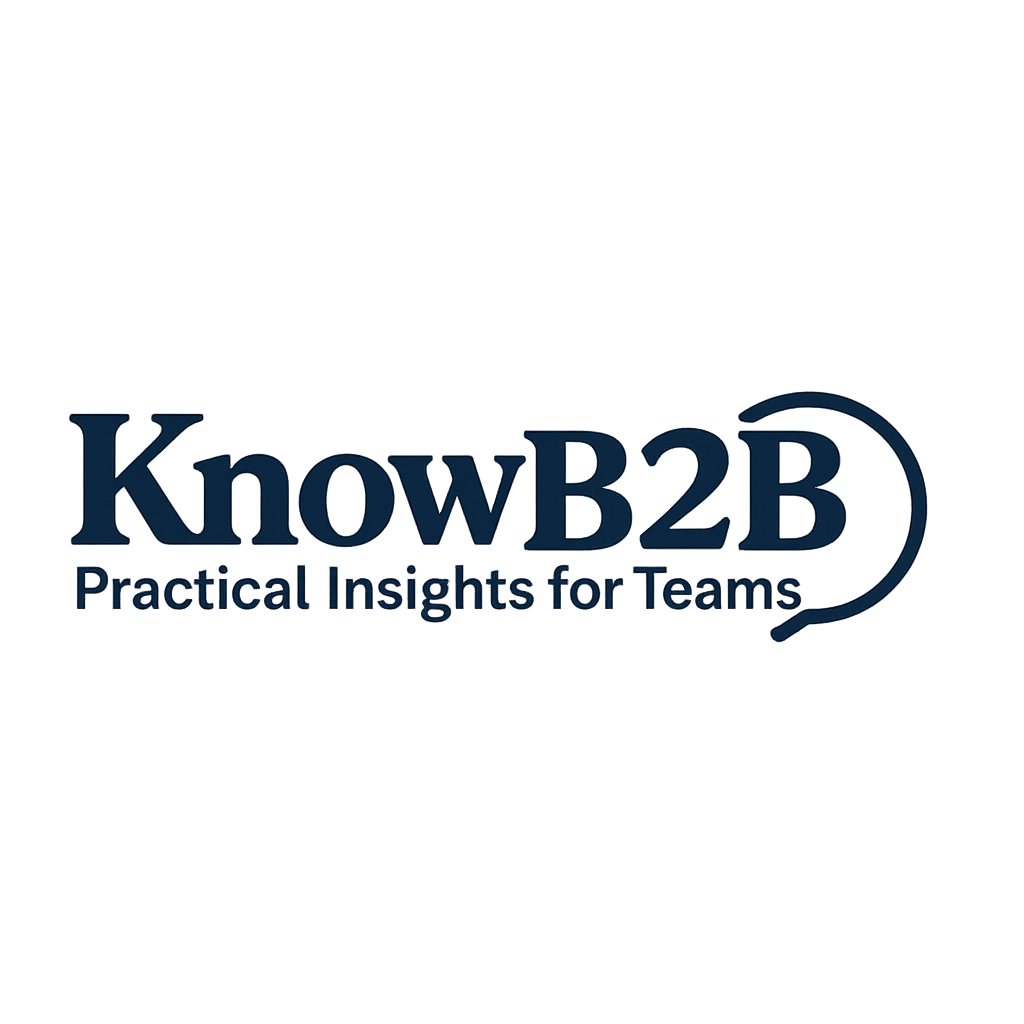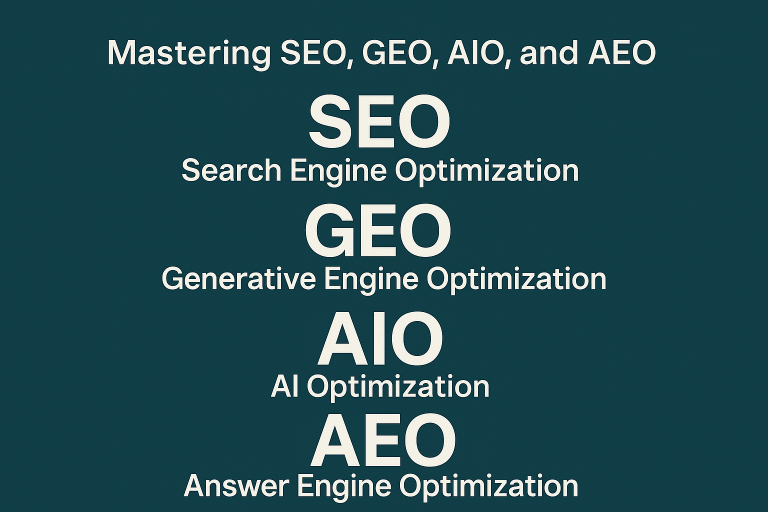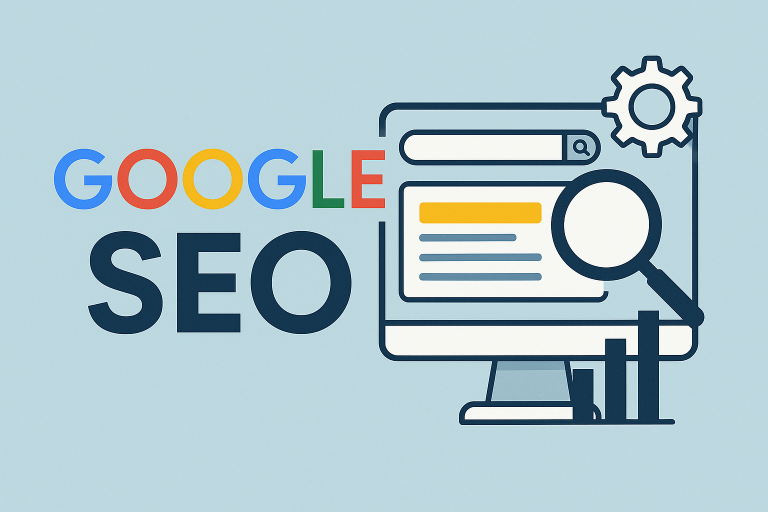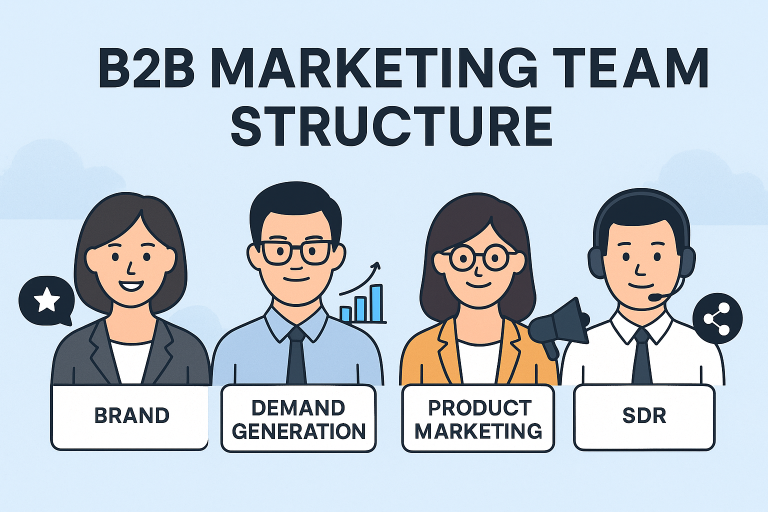In 2025, B2B marketing is no longer just about generating leads or showcasing product features. It’s about orchestrating precision-driven, multi-touch strategies that align closely with how modern B2B buyers think, behave, and make decisions.
As digital transformation accelerates, the B2B marketing landscape has undergone a dramatic shift—powered by AI tools, data-driven personalization, the resurgence of Account-Based Marketing (ABM), and the unification of marketing and sales under cohesive Go-To-Market (GTM) frameworks.
This article explores how B2B marketing is evolving and what it takes to thrive in this new era.
What Is B2B Marketing in 2025?
Business-to-Business (B2B) marketing refers to the set of strategies and tactics used by companies to market their products or services to other businesses, rather than individual consumers. However, in 2025, B2B marketing is no longer defined simply by its audience—it’s defined by its intelligence, interactivity, and integration.
Successful B2B marketers now think in terms of:
- Revenue marketing, not just lead generation
- Buying committees, not individual personas
- Lifecycle journeys, not linear funnels
- Data orchestration, not channel silos
Key Trends Shaping B2B Marketing Today
1. AI-Powered Personalization at Scale
From AI content generation to predictive intent data, marketers now tailor messaging by role, stage, behavior, and technographic profile. Platforms like 6sense and Demandbase use AI to surface in-market accounts before they even engage.
2. The Return (and Maturity) of Account-Based Marketing (ABM)
ABM is no longer just a buzzword—it’s a core GTM function. Modern ABM includes:
- Multi-threaded outreach across decision-makers
- Personalized landing pages by account or vertical
- Closed-loop reporting integrating sales and marketing data
3. Content as Infrastructure, Not Just a Tactic
Thought leadership, case studies, data-backed whitepapers, and industry explainers are now part of a company’s brand equity. Content is no longer just SEO fodder—it builds trust across the entire buyer journey.
4. Sales and Marketing Alignment Around Revenue
Winning B2B organizations blur the lines between sales and marketing, aligning around:
- Shared revenue goals
- Unified customer data platforms (CDPs)
- Joint pipeline dashboards and attribution models
5. GTM-Led Organization Design
Rather than marketing operating in isolation, modern B2B companies adopt GTM pods—cross-functional units that include marketing, SDRs, AEs, and customer success—focused on verticals or ICPs.
6. From SEO to GEO: The New Paradigm of Discoverability
Search Engine Optimization (SEO) remains critical, but it’s rapidly evolving into Generative Engine Optimization (GEO). In a world where large language models like ChatGPT and Google Search Generative Experience (SGE) power content discovery, marketers must now optimize for AI summarization and contextual understanding.
Modern GEO strategies include:
- Structuring content for AI consumption with headings, data, and semantic markup
- Answering buyer questions clearly and concisely for AI snapshots
- Creating authoritative, expert-driven content that gets cited by generative engines
GEO is not just about being discovered, but about being accurately understood by machines.
The Modern B2B Buyer: Smarter, More Independent
B2B buyers today conduct most of their research before talking to a sales rep. They’re skeptical of generic content and respond to relevance, proof, and peer validation.
Key buyer expectations:
- Clarity on ROI and outcomes
- Proof in the form of social validation or case studies
- Personalized experiences across every touchpoint
- Speed and transparency in communication
Updated B2B Marketing Framework
| Traditional Approach | Modern Approach (2025) |
|---|---|
| MQL-focused funnel | Full-funnel revenue orchestration |
| Static buyer personas | Dynamic buyer intent and behavior modeling |
| Channel-specific campaigns | Omnichannel orchestration (paid + owned + earned) |
| Siloed sales and marketing | Unified GTM teams and shared KPIs |
| Lead scoring | Account and opportunity-level intent modeling |
Building a Future-Proof B2B Marketing Strategy
To stay competitive, B2B marketers must rethink both strategy and execution. Here’s how:
✅ Start with ICP-Driven Strategy
Define Ideal Customer Profiles not just by company size and industry, but by pain points, tech stack, and buying triggers.
✅ Invest in Data & Intent Infrastructure
Build a tech stack that enables behavioral tracking, firmographic enrichment, and predictive analytics. Integrate CRM, MAP, and CDP data.
✅ Align Content with Buyer Stage and Context
Match content formats (e.g., video, reports, webinars) with specific funnel stages and buying roles. Provide enablement content for champions and proof for skeptics.
✅ Embrace Experimentation and GTM Testing
Run frequent A/B and multivariate tests across GTM motions. Document what works, share learnings, and embed into playbooks.
Final Thoughts
B2B marketing in 2025 is not just a function—it’s a strategic engine that drives pipeline, revenue, and long-term customer value. The marketers who succeed today are those who:
- Align closely with sales,
- Act on real-time buyer data,
- Deliver content that educates and converts, and
- View growth as a team sport.
The future belongs to the B2B marketers who don’t just tell stories, but build systems that scale trust and drive outcomes.



